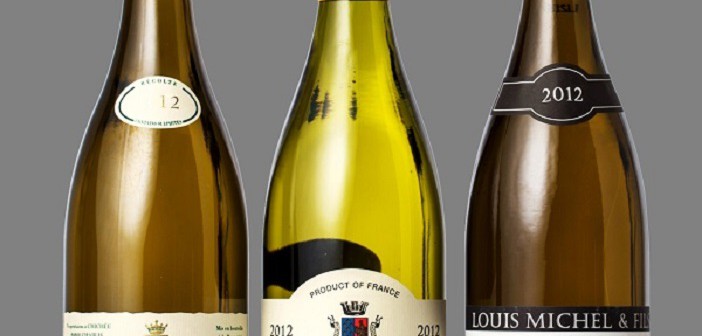When it comes to food, I like to think of wine as the in-between alcohol beverage: start with a Scotch Whisky or Manhattan before dinner, wine with dinner, then finish the evening off with a night cap. Of these three, wine has the biggest challenge. Unlike the other two, wine has to complement the food. A Chablis with a steak is not something you want to brag about or have on your first date. But it could be a Bordeaux, Burgundy, a Zinfandel or Rioja. The pairings are endless.
When it comes to wine critics, Eric Asimov, the wine critic for The New York Times, is among the best. He says: “In the most enlightened households and cultures, wine belongs on the table as part of a meal. It’s a staple, like bread, rice, potatoes or salt, and this is the basis of how I understand wine.
“Of course, wine can be so much more. Like food, wine has a social role to play. It brings people together. It can increase happiness, amplify a sense of well-being and even comfort sadness. By evoking these simple social and emotional responses, wine can be said to have a spiritual component.” We would add a transcendental component.
One of the things that distinguishes Eric from other wine critics is his down to earth style and manner, his willingness to meet a wine drinker at his or her level. And he has done that with his online Wine School. No registration is required: just jump in and make a comment or ask a question. Each month Eric picks a wine varietal and three easy-to-access bottles that represent a range of the varietal. Readers get to make comments and ask questions. He wraps everything up at the end of the month. For the month of June he picked Dry Rieslings and for July, Zinfandel. You can easily access past months discussion. It’s a lot of fun.
For August, Eric has picked Chablis. Here is my comment and his response.
Give the Wine School a try and tell Eric that Transcendental Dram sent you.




